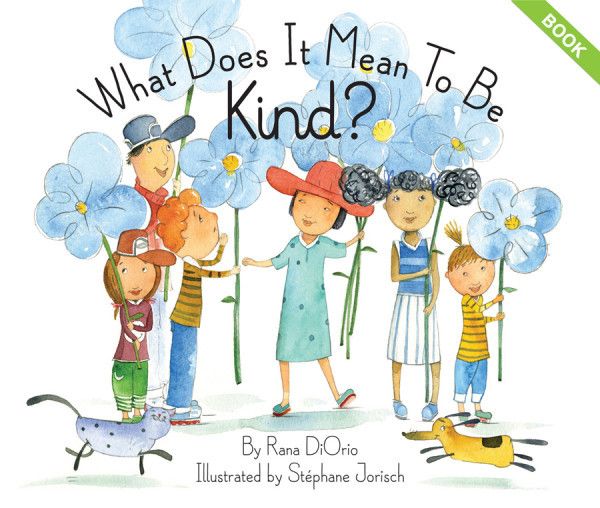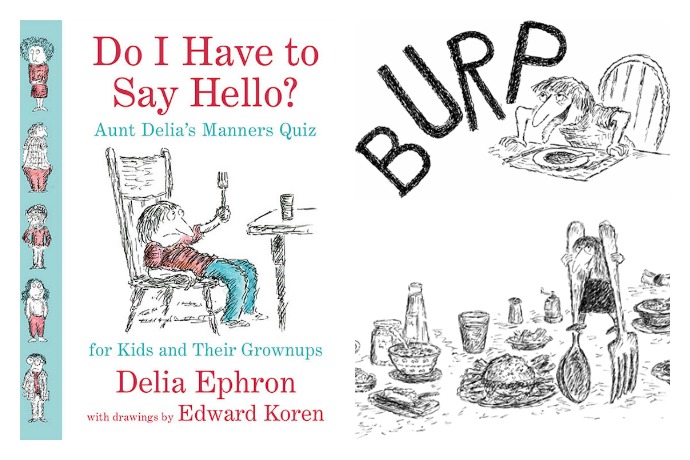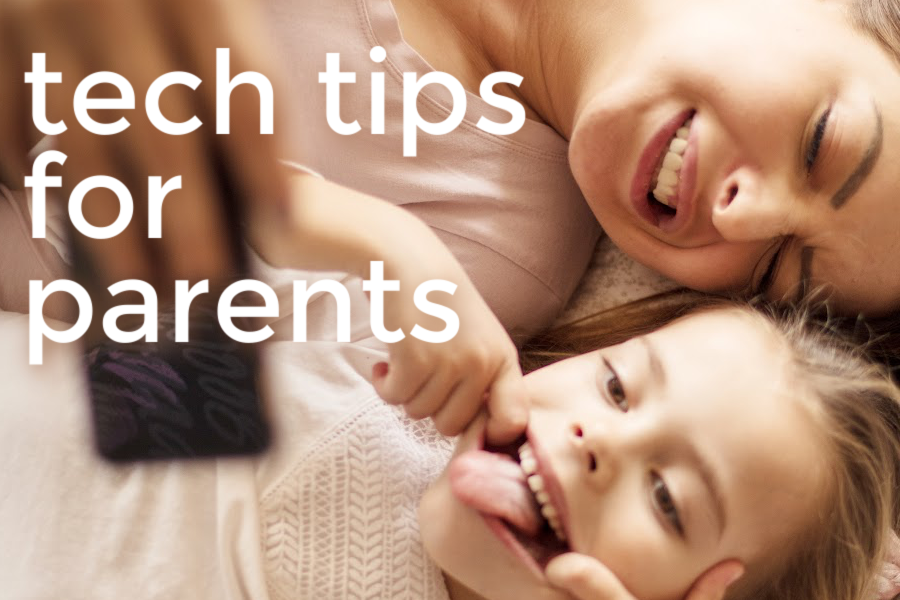We figured this was a pretty good time to start looking around at some great — and effective — books about manners for kids. I’m sure you feel me; my family calendar is already so booked over the next couple months, which means lots of opportunities for my kids to show off their best manners. Or, their worst manners when they get really tired. Which they will.
So, books! That’s always a good way to help me better talk to my kids about any subjects without them feeling like I’m nagging them. These six books about manners for kids cover the do’s and don’ts of polite society in fun, and sometimes very funny ways.
Find all these books through our affiliate Amazon or your local independent bookseller

How to Behave and Why by Munro Leaf is the original popular manners book for kids, first published in 1946, but it’s filled with classic lessons about honesty, fairness, strength, and wisdom that are still applicable to kids today. If your kids really get into this one, you can go ahead and buy them his other books How to Speak Politely and Why and Manners Can Be Fun which are also great additions to the library.

Do I Have to Say Hello? Aunt Delia’s Manners Quiz, written by Delia Ephron and illustrated by Edward Koren, is laugh-out-loud funny. Because, hello — Delia Ephron! And Edward Koren! This is actually a brand new re-release of a 25-year-old title that some of you may have grown up with yourselves. I’ve been quizzing my kids on proper behavior while reading the book, and we’ve had to stop a few times because we were laughing so hard. In short, some of the multiple choice answers are so not examples of good manners.

The most uncomfortable moments for kids can be when they’re meeting someone totally different from themselves, and they have no clue how to respond. Do Unto Otters: A Book About Manners by Laurie Keller tackles this topic head on, with a story of Mr. Rabbit who has to learn to become friends with with his new neighbors, the Otters. It’s a great reminder about treating others the way you’d like to be treated.

When my kids aren’t sure how to behave, I tell them to ask themselves if they’re being kind. If they are, then they’re probably on the right track. You can explore a beautiful discussion about what kindness means with the sweet book, What Does It Mean to Be Kind? by Rana DiOrio and Stéphane Jorisch which is one of our editor Liz’s favorites. It’s not a manners book for kids in a classic way; more like a lovely narrative that reads almost like a poem, setting up questions and answering them in a way to make kids more mindful and thoughtful about who they are and how they interact with the world around them. Because one thing this world could use is more kindness, don’t you think?

My family has some formal holiday dinners around the dining room table with china and crystal, even for the kids. But, my five-year-old still tries to get up and goof off while he eats. We’re working on it, I promise! One way to help is by reading Wiggens Learns His Manners at the Four Seasons Restaurant by Leslie McGuirk and Alex Von Bidder, in which a saintly St Bernard teaches a rambunctious puppy ten lessons in manners from which fork to use, to why older “dogs” might be a little uncomfortable with pups in a fancy restaurant, to why you shouldn’t make a face when someone offers you food you don’t like. Fans of the NYC restaurant institution will love this, but really, any parent can get on board with advice like, “always be willing to take a bite of something new.”

Of course I had to look and see what the Emily Post empire would have to say about kids and manners. I think tweens and younger teens can get really great info from Emily Post’s Table Manners for Kids, written by Cindy Post Senning and Peggy Post with illustrations by Steve Bjorkman. While it’s a few years old, it has been updated for the 21st century with advice about cell phones at the table and charming illustrations that keep the book from being preachy, just informative and effective. And it is. Because sometimes, just hearing someone else tell them kids the right thing to do — and not their own parents — makes all the difference in the world.









